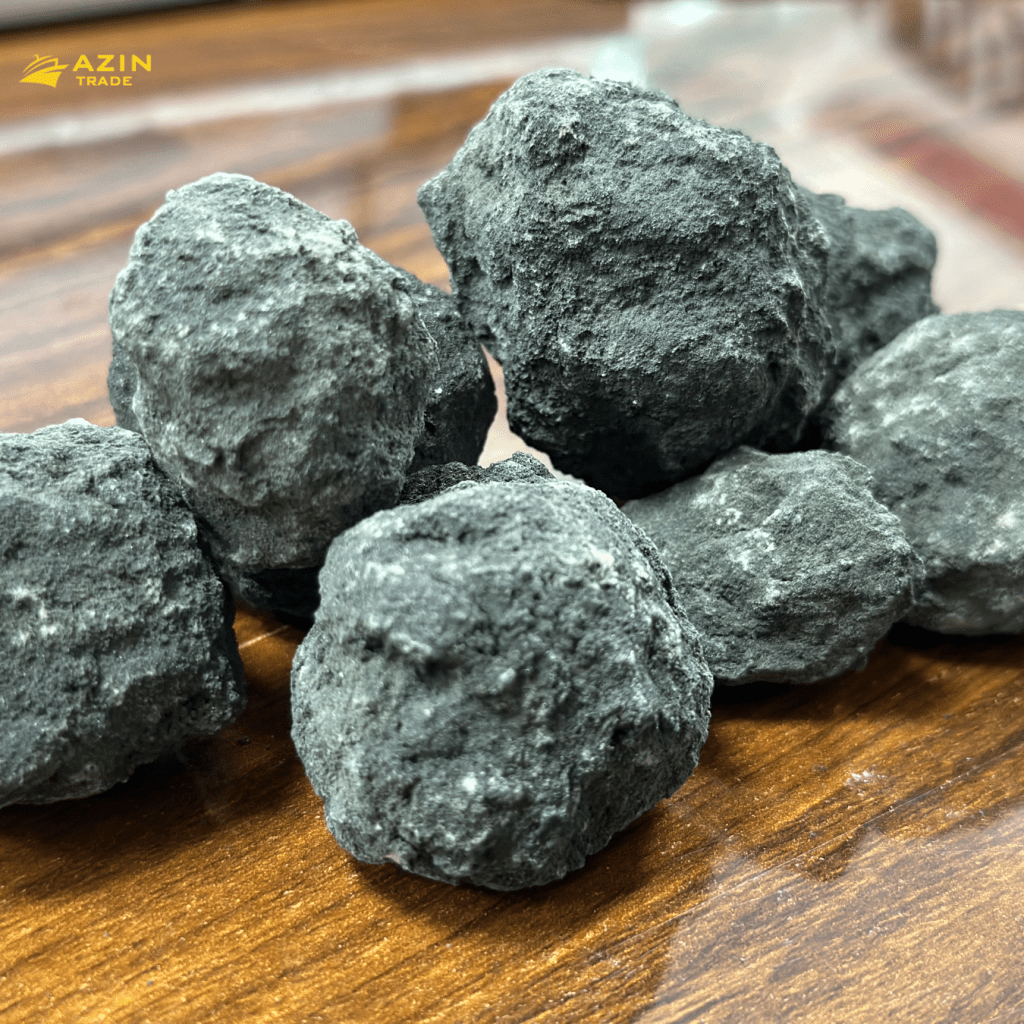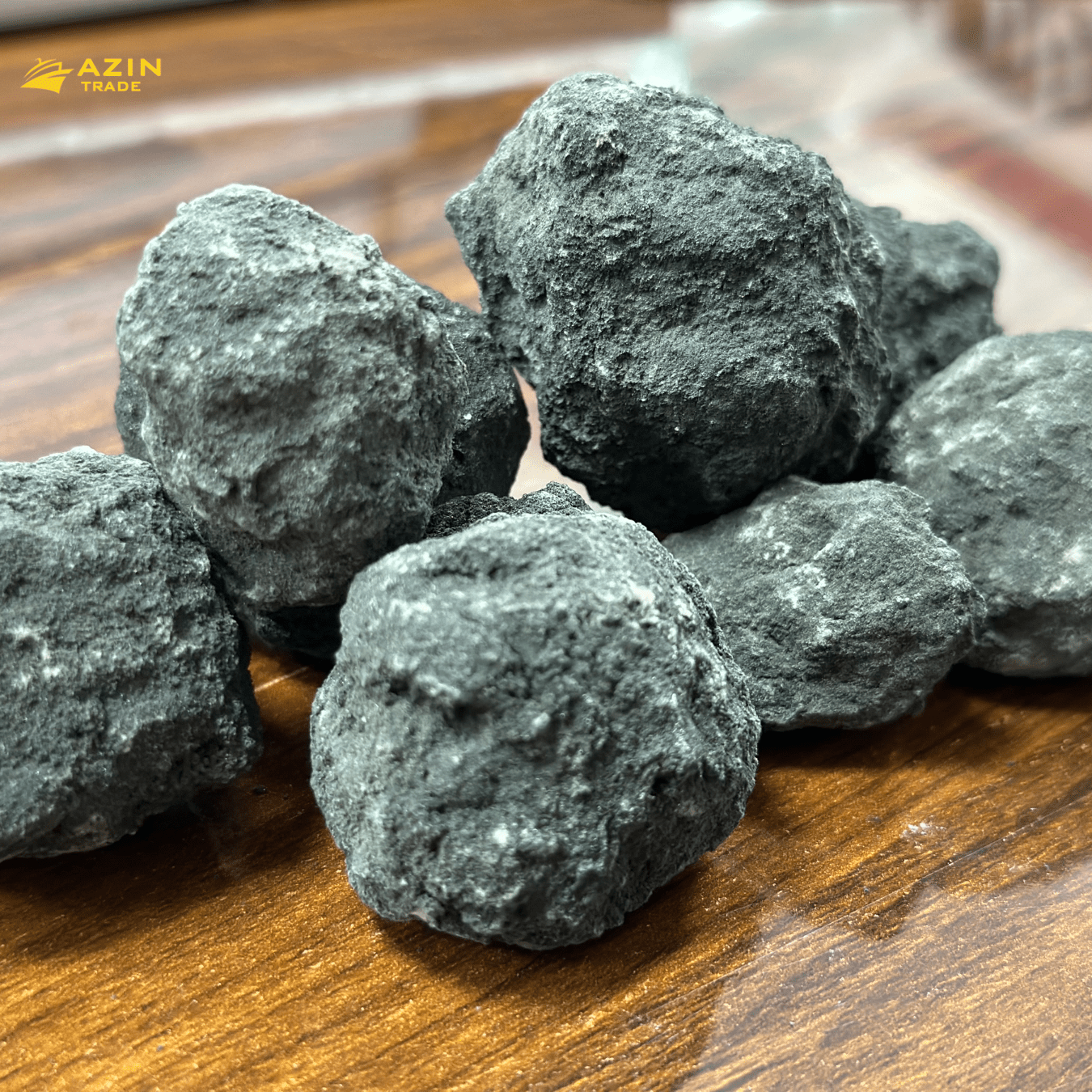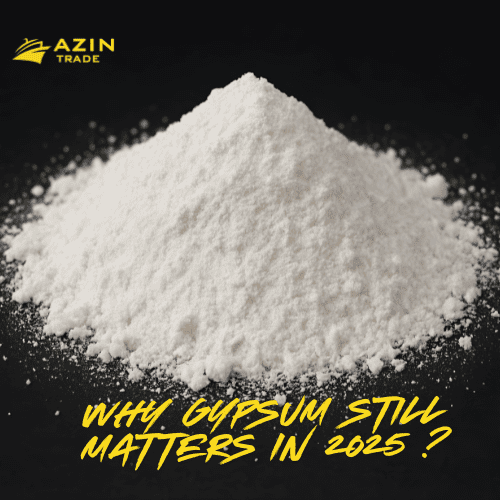
iran clinker
Discovering Different Types of Clinker
Have you ever wondered about the key ingredient that forms the foundation of modern construction? Introducing clinker – a crucial component in the production of cement. In this article, we’ll delve into the fascinating world of clinker and explore its various types. Let’s get started!
Type 1 Clinker
Type 1 clinker, also known as Ordinary Portland Clinker, is the most commonly used and widely available type. It is produced by heating a mixture of limestone, clay, and other minerals to high temperatures in a kiln. Type 1 clinker is renowned for its excellent strength and durability, making it suitable for a wide range of construction projects, including buildings, roads, bridges, and more. Its versatility and reliable performance have made it a staple in the construction industry.
Type 2 Clinker
Type 2 clinker, also referred to as Moderate Sulfate Resistant (MSR) clinker, is specifically formulated to resist the effects of sulfate attack. Sulfates are present in soils and water, and in some regions, they can pose a significant risk to concrete structures, leading to deterioration over time. Type 2 clinker contains a higher percentage of tricalcium aluminate, which improves its resistance to sulfate exposure. This type of clinker is commonly used in areas with moderate sulfate levels, ensuring the longevity and durability of structures in such environments.
Type 5 Clinker
Type 5 clinker, also known as High Sulfate Resistant (HSR) clinker, is engineered to provide exceptional resistance to sulfate attack. It contains a significantly higher proportion of tricalcium aluminate, which reacts less with sulfates compared to other clinker types. Type 5 clinker is particularly suitable for use in environments with high sulfate content, such as coastal regions or areas with saline soils. It ensures the integrity and longevity of structures exposed to aggressive sulfate conditions, such as marine environments or wastewater treatment facilities.
Understanding the different types of clinker is essential for selecting the most suitable option for specific construction projects. Whether it’s the versatile Type 1 clinker, the sulfate-resistant Type 2 clinker, or the high-performance Type 5 clinker, each type serves a specific purpose in ensuring durable and reliable concrete structures.
Exploring the World of Clinker: Types, Uses, and Manufacturing
In the realm of cement production, clinker plays a pivotal role as the precursor to cement. Understanding the different types of clinker, their unique compositions, manufacturing processes, and versatile applications provides valuable insights into the construction and industrial sectors.
What is Clinker?
Clinker is a nodular material produced during the cement manufacturing process. It is essentially a combination of minerals fused together at high temperatures in a kiln. The primary raw materials used to produce clinker include limestone, clay, shale, iron ore, and sand. These materials are finely ground and then heated to temperatures ranging from 1400 to 1600°C (2552 to 2912°F) in a rotary kiln, where chemical reactions occur to form clinker nodules.
Types of Clinker
1. Ordinary Portland Cement (OPC) Clinker
OPC clinker is the most commonly used type and forms the basis for various cement types. It typically consists of about 95% clinker and 5% gypsum. OPC clinker is known for its high compressive strength and is used in general construction where high initial strength is required.
2. Sulphate Resistant Clinker (SRC)
SRC is formulated to resist the sulfate attack that occurs in environments with high sulfate content, such as marine and coastal constructions. It has a lower percentage of tricalcium aluminate (C3A) compared to OPC clinker, which reduces the risk of sulfate attack.
3. Low Heat Clinker
Low heat clinker is designed to produce less heat during the hydration process, making it suitable for mass concrete structures. It contains lower percentages of C3S (tricalcium silicate) and C3A compared to OPC clinker, resulting in slower heat generation.
4. High Alumina Clinker
High alumina clinker contains higher amounts of alumina (Al2O3) and is used in specialty cements where rapid hardening and resistance to chemical attack are required. It is often blended with OPC iran clinkerto enhance specific properties.
5. White Clinker
White clinker is produced using purer raw materials with low iron content, resulting in a whiter appearance after grinding. It is used in the production of white cement, which is desirable for architectural and decorative applications due to its aesthetic qualities.
Manufacturing Process
The manufacturing process of iran clinker involves several stages:
- Raw Material Preparation: Limestone, clay, shale, iron ore, and sand are crushed and finely ground to form a raw meal.
- Clinker Production: The raw meal is fed into a rotary kiln where it undergoes a series of chemical reactions and reaches temperatures of about 1400 to 1600°C. This process forms clinker nodules.
- Cooling: The hot clinker is cooled rapidly in air or cooled slowly in a controlled atmosphere to prevent excessive loss of volatile components and to obtain desired crystalline phases.
- Grinding: The cooled iran clinker is ground into a fine powder with gypsum to produce cement.
Applications of Clinker
Clinker is a crucial ingredient in cement production and finds diverse applications in:
- Construction: Used in the production of various types of cement, which are essential for building infrastructure, residential complexes, and commercial buildings.
- Infrastructure Projects: Used in the construction of bridges, roads, dams, and other large-scale projects where durability and strength are paramount.
- Specialty Cements: Used in the production of specialty cements such as high-performance, sulfate-resistant, and white cements tailored for specific applications.
Conclusion
Understanding the nuances of iran clinker , from its types and manufacturing process to its wide-ranging applications, underscores its importance in the construction industry. Whether for standard concrete mixes or specialized projects requiring unique properties, iran clinker remains integral to the production of cement and the development of resilient infrastructure worldwide.
By delving into the world of iran clinker , we gain a deeper appreciation for its role in shaping the built environment and meeting diverse construction challenges with innovative solutions.




